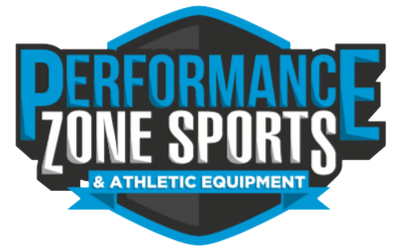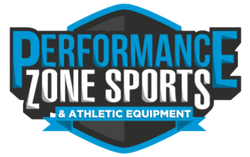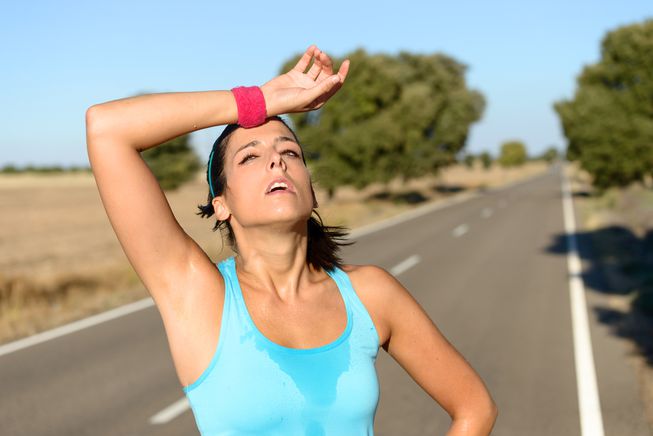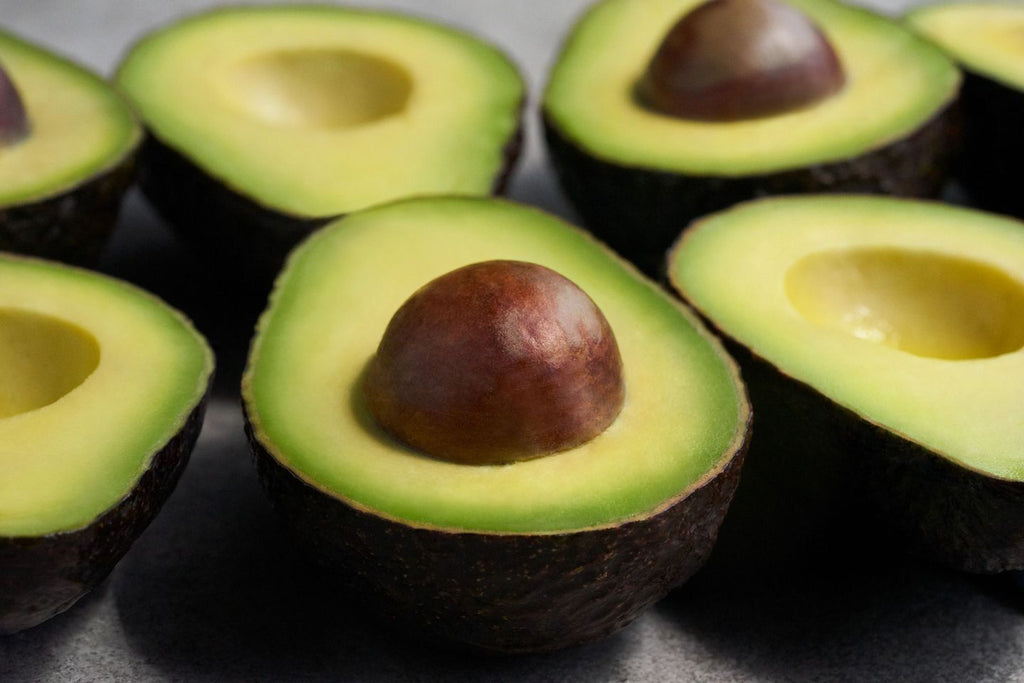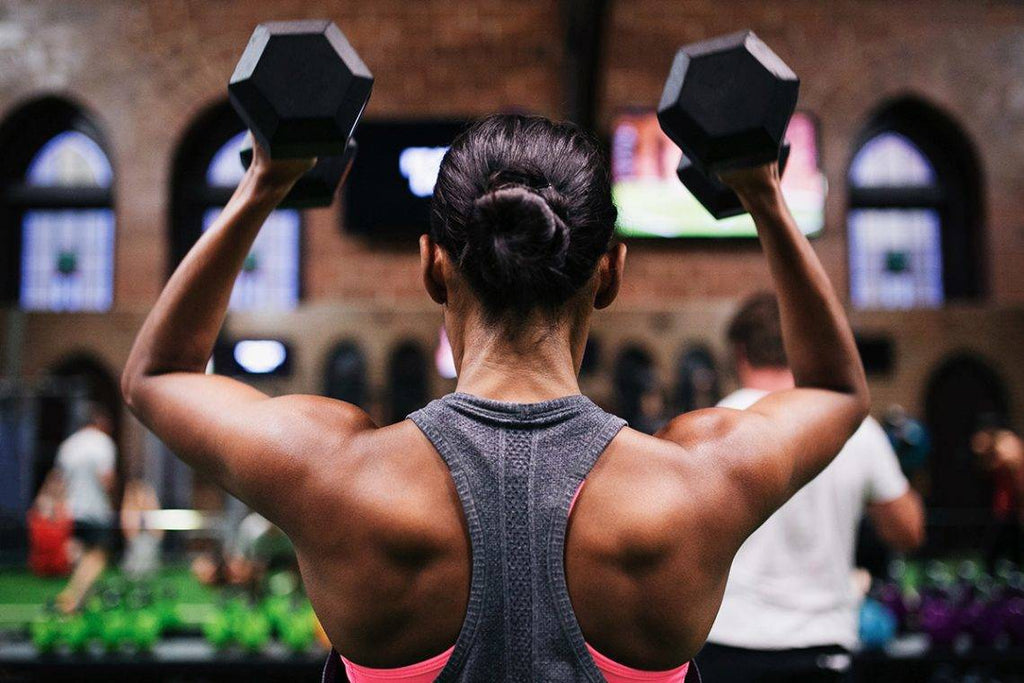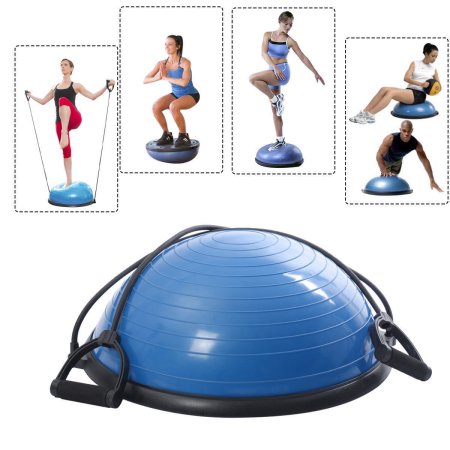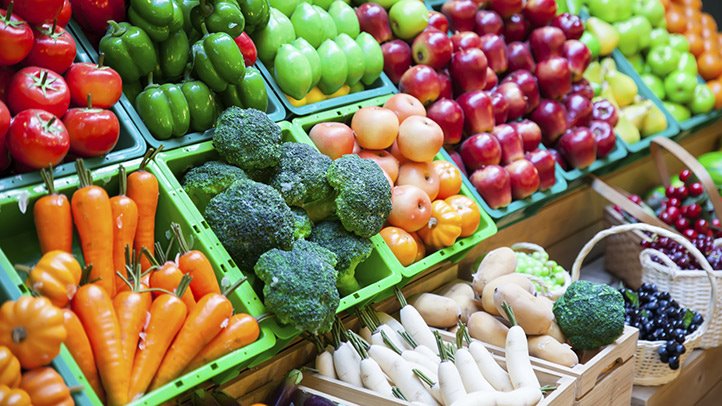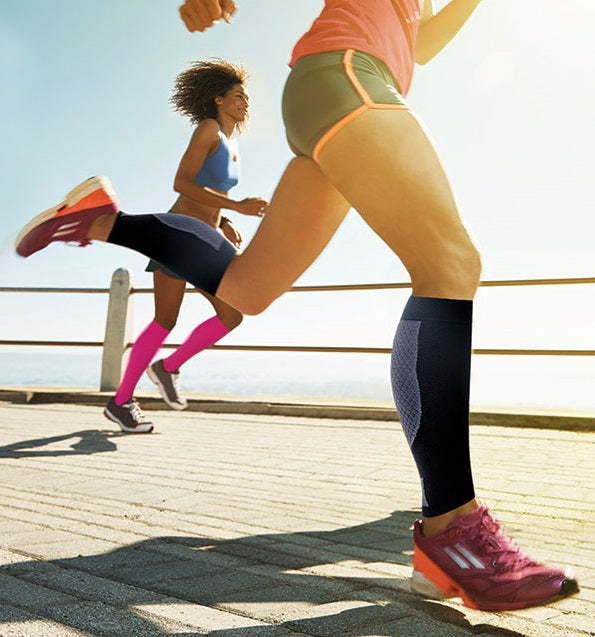How to Exercise in the Heat
How to Exercise in the Heat
Crop Over and 'summer' are finally here! And it seems like this season is going to the hottest one yet; so we’d love to share with you some tips for keeping up with your workout routine while it might seem too hot to be active.
The sun is out and it’s burning bright, but that doesn’t mean you have to stay inside to workout. It just means that on the hottest days we have to get a little creative about finding ways to avoid missing a workout while not putting ourselves in harm's way.
- Save your more labor intense workouts for the mornings or evenings when the days aren’t as hot.
- Do the light workouts during the day – go for a run or a bike ride. Try to find a cool shaded path.
- Carry water with you everywhere, not just when you are working out – you have to keep yourself hydrated to avoid dehydration.
- If you think the day is just too hot to do anything but you still want to maintain your workout schedule, then find cooler places to work out or get creative with your workouts. For example, swimming or other water activities are fun ways to stay cool but stay active at the same time. There could also try also indoor spinning or cycling.
- Shorten your sessions – if you can’t make it through the hour that you used to make it through easily when it is cooler, then do intervals and take a break once you’ve gotten half-way through.
- Wear cool clothes – look for sweat-wicking fabrics.
- Don’t push past your limit if the limit is to keep you safe. It’s okay to start off easy and build up when you think you are getting better at managing the heat.
